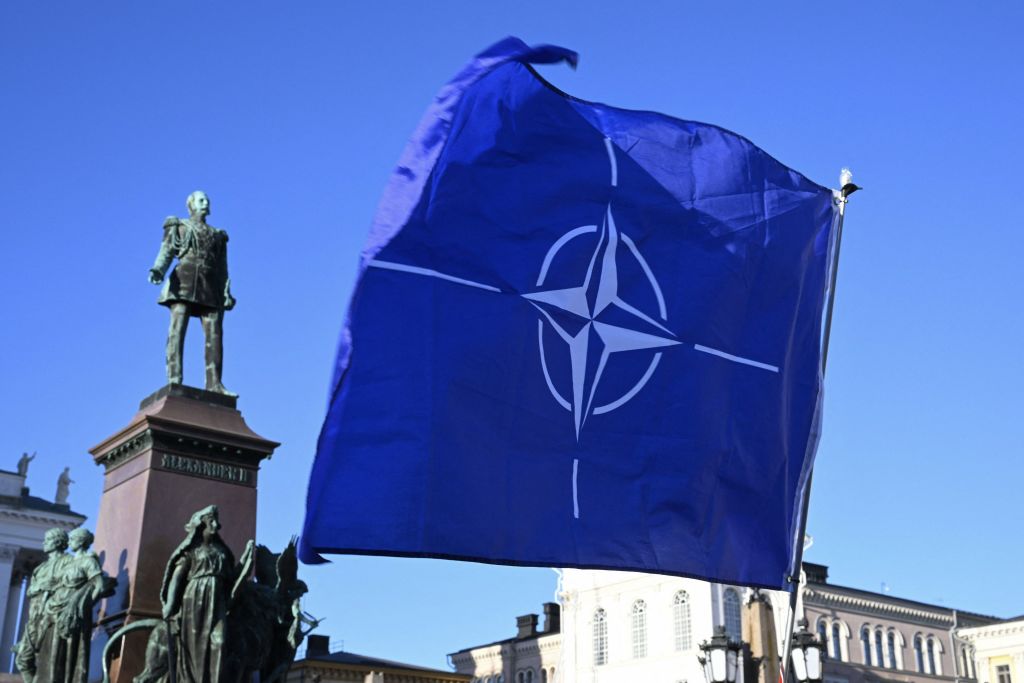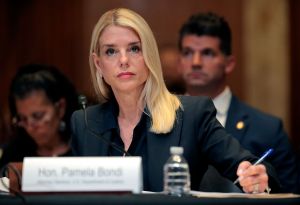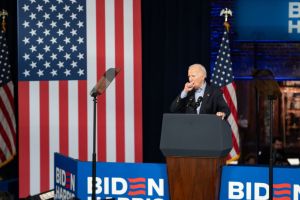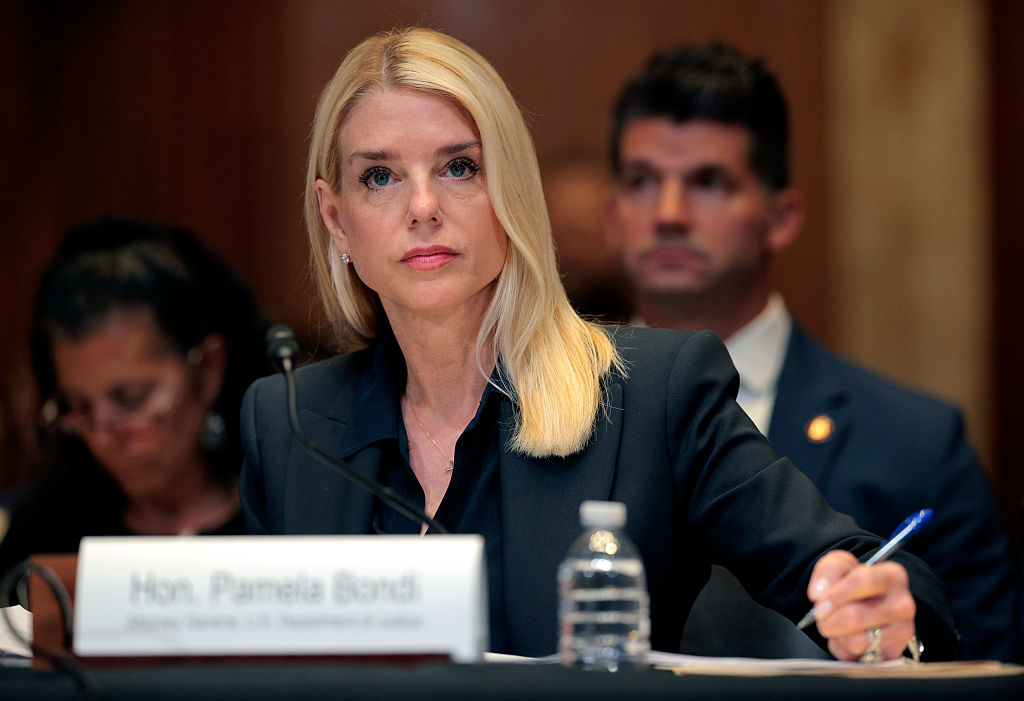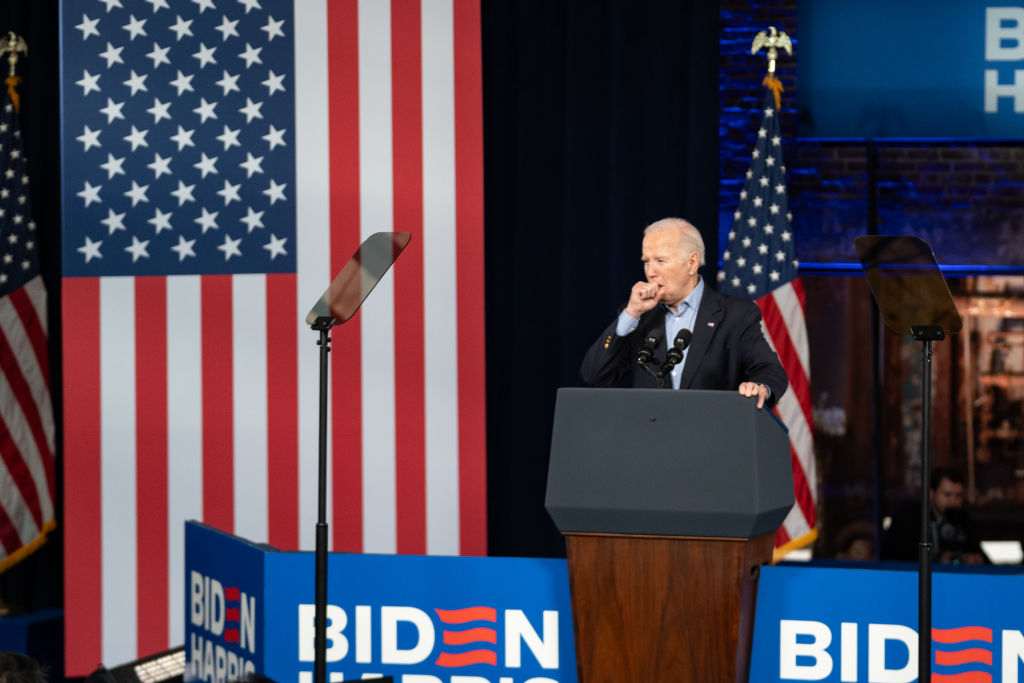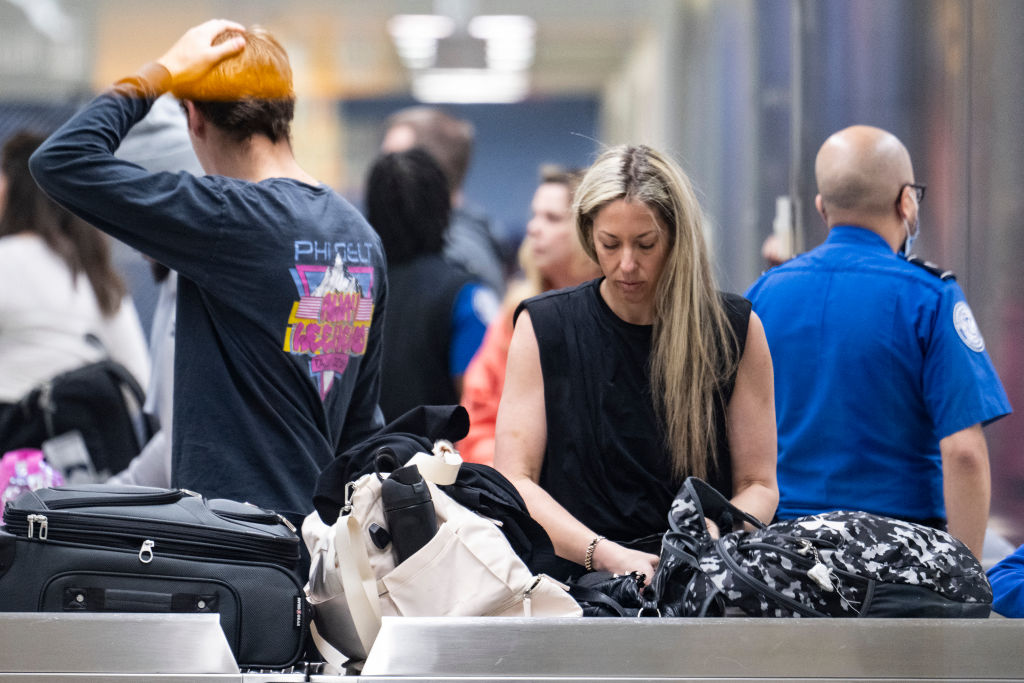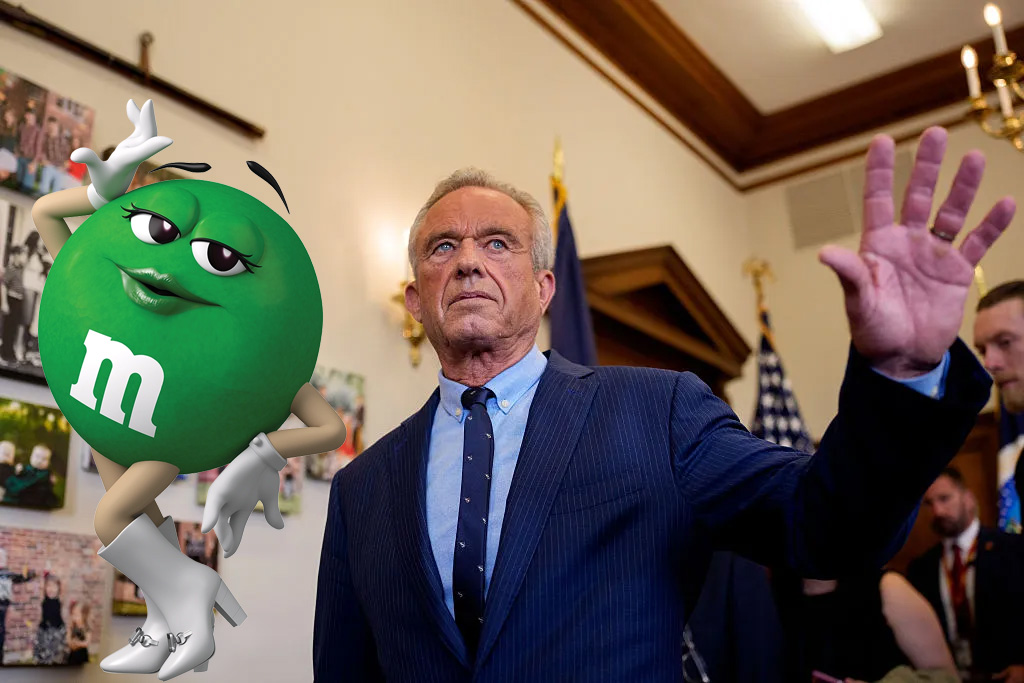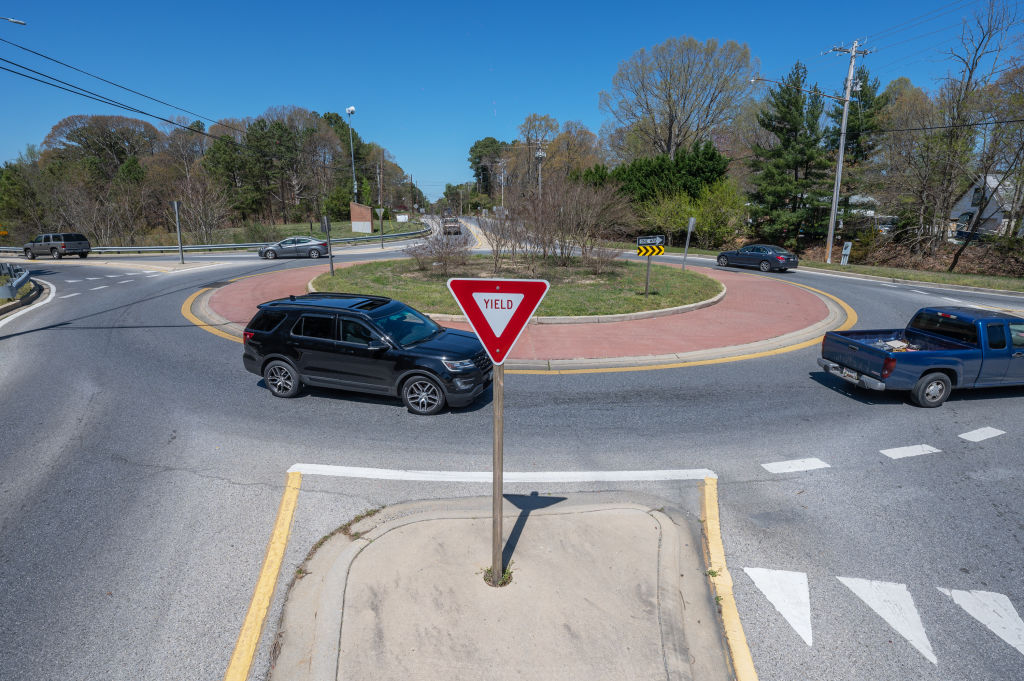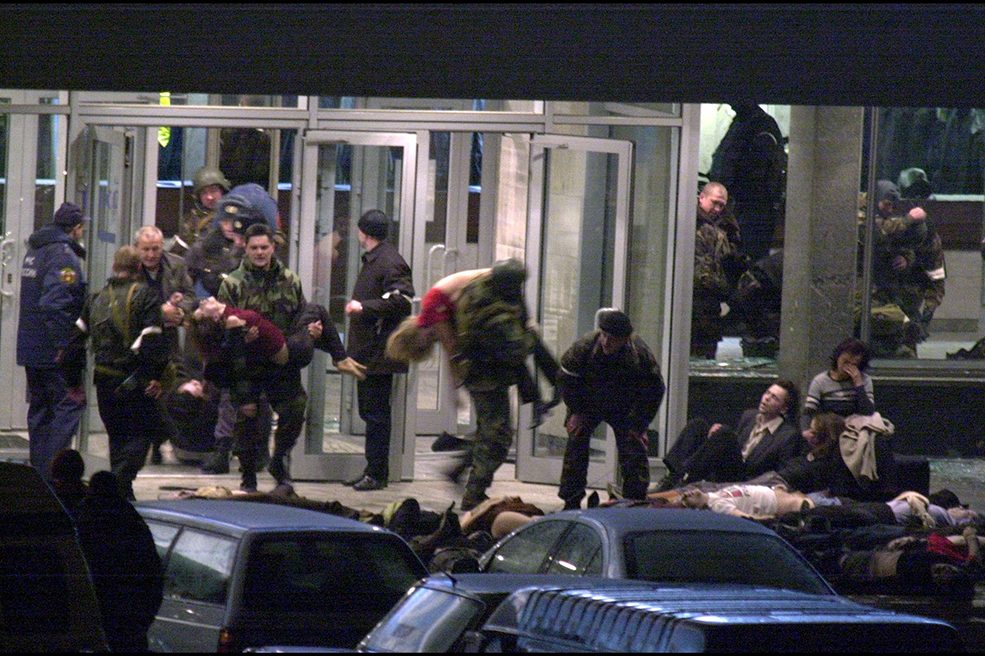NATO is fighting for its life — and dying. The alliance has only grown larger as a result of Russia’s invasion of Ukraine. Now Finland is a member — and Sweden is on its way to becoming one. Ukraine and Georgia would like to join, too. All this is a sign of failure, however, not success. Whichever way one looks at the picture, NATO’s post-Cold War strategy has been a disaster.
Either NATO did not expand far enough, fast enough — to the point of including Ukraine and thereby preventing the Russian invasion — or NATO’s continual expansion gave Russians reason to fear that they were being boxed in.
The policy NATO pursued was the worst of both worlds: by holding out the possibility of membership to Ukraine, without providing the security of actual membership, NATO gave Russia time and incentive to act first. So Ukraine bleeds.
The strategy that NATO’s members are following in the war itself suffers from the same myopia. First President Biden forbids sending certain weapons to Ukraine; months later, the US and its allies send what Kyiv had requested all along — longer-range missiles, better tanks, F-16s. Either these weapons should have been provided earlier, when they could have made a bigger difference, or the reasons for not sending them then still apply now.
Biden is committed to keeping the patient alive at any cost, but evidently doesn’t think restoring its health is possible. The US and other NATO members can narrow the arms gap between Russia and Ukraine — though the sheer volume of Russian artillery appears unmatchable — but what about the gulf between the sizes of their armies?
Kyiv needs well-trained soldiers as much as it needs military equipment; indeed, much of the equipment depends on skilled operators. But NATO cannot replenish Ukraine’s manpower. Russia’s active-duty forces are nearly three times as numerous as Ukraine’s.
Will more aid change the human side of the equation? Biden’s actions suggest he doesn’t believe it will. Republican-leaning hawks, meanwhile, are content to celebrate the number of Russians killed without regard to the losses suffered by Ukraine. If two Ukrainians must die for every three Russians killed, that’s a price neoconservative writers in New York and Washington are willing to pay.
In the New York Times, ever anonymous “American officials” indicate “they fear that Ukraine has become casualty averse, one reason it has been cautious about pressing ahead with the counteroffensive.”
A cynic might suspect the counteroffensive was never something Ukraine was eager to undertake for military reasons so much as something Ukraine had to launch for publicity reasons — to keep Washington and other allies happy. Henry Kissinger said, “To be an enemy of the US is dangerous, but to be a friend is fatal.” Kyiv knows.
How many Ukrainian lives must be lost before suing for a desperate peace is something that only Ukrainians can decide. They’re fighting for their country — which no one in Washington, London, Paris, or Berlin is. For the leading nations of NATO, the war is about “the rules-based liberal international order,” an abstraction that not only inspires no one, it imposes none of the realistic limits on war that derive from national interest. A nation doesn’t sacrifice itself for a thesis. Within NATO there are other principal-agent problems. NATO exists for the sake of European security. But NATO depends on American taxes. One country’s voters foot most of the bill; other countries reap most of the security benefits.
Europe’s leaders can’t force American taxpayers to pay for everything they want (or think they need), while American taxpayers get no say in decisions made within our NATO allies — such as whether they will fulfill promises to devote at least 2 percent of their own GDP to defense.
Europe is a rich continent, and the European members of NATO are wealthy enough to provide all of the financial support that Ukraine needs — they just choose not to. It’s rational: why should Europeans pay for Europe’s security, when they can have Americans pay instead?
The alternative to NATO’s worst-of-both-worlds policy has never been abandoning Ukraine or anyone else to Russia. The alternative was for the once great nations of Europe to assume responsibility for their own backyard.
Perhaps a European alliance after the Cold War would have performed as badly as the American-led NATO, but it would have had skin in the game rather than allowing ideologues in Washington to play games with other people’s skins.
As a bureaucracy, NATO will survive whatever happens in Ukraine. But the same liberal universalism that has been the hallmark of NATO since the end of the Cold War will steadily detach the United States from Europe.
In the nineteenth and early twentieth centuries, US immigrants came from Germany, Ireland, Italy and central and eastern Europe, while Britain was still recognized as our mother country. Wars between Britain and Germany (among other European states) or Soviet domination of Eastern Europe could not help but interest Americans. Immigration to the US today is from Latin America (which has European roots, but not European immediacy), China and India. In the twenty-first century the US will only become less European. Americans of the future will not have the same investment in NATO. And if Europeans will not invest everything in their own security, they will have no future at all.
This article was originally published in The Spectator’s October 2023 World edition.



